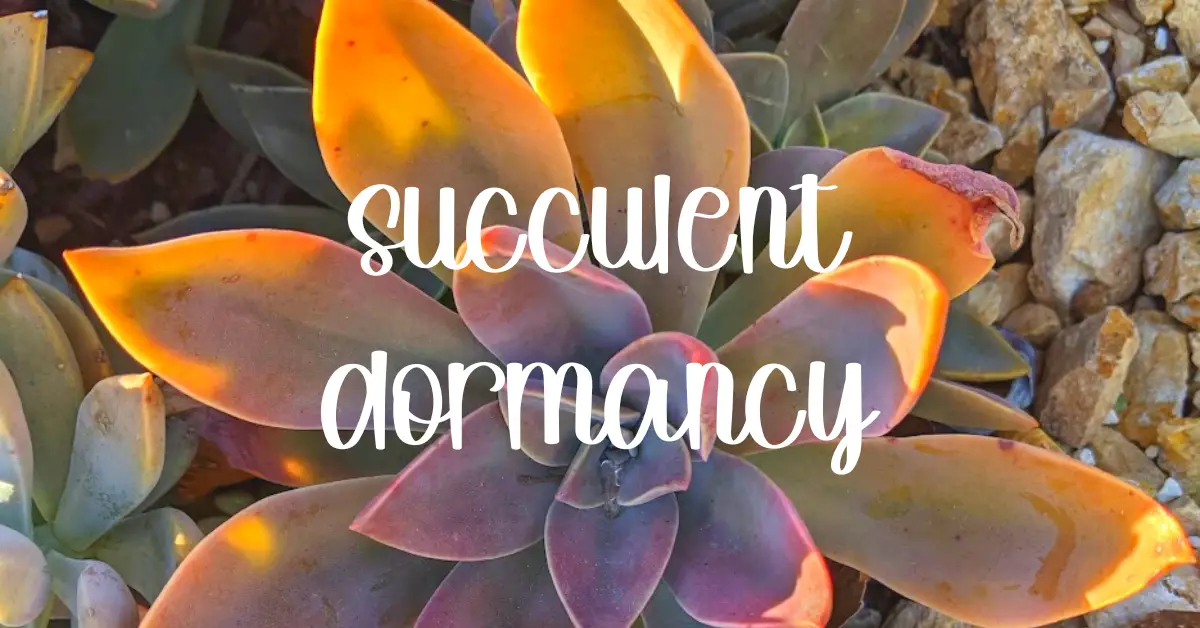Succulent dormancy is a period of reduced growth and activity in a succulent plant. It is a natural part of the plant’s life cycle and is typically triggered by changes in temperature, light, and water availability. During this time, the plant will stop producing new leaves and stems, and its overall growth rate will slow down. Dormant plants are still fundamentally healthy, just slowed down.
Dig in!
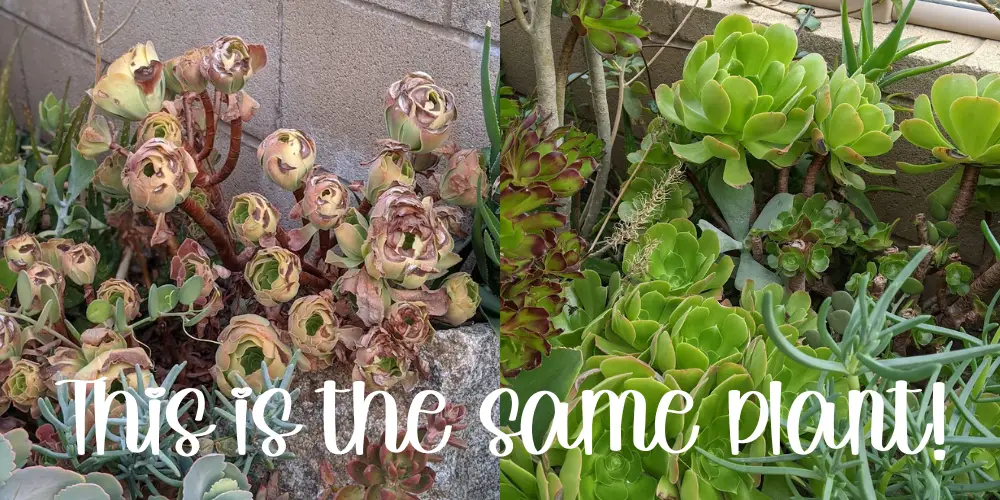
When Does Dormancy Occur?
Succulent dormancy usually occurs during the winter months when there is less sunlight and the temperatures drop. However, dormancy can also be triggered by changes in water availability or a change in the photoperiod (the duration of daylight hours).
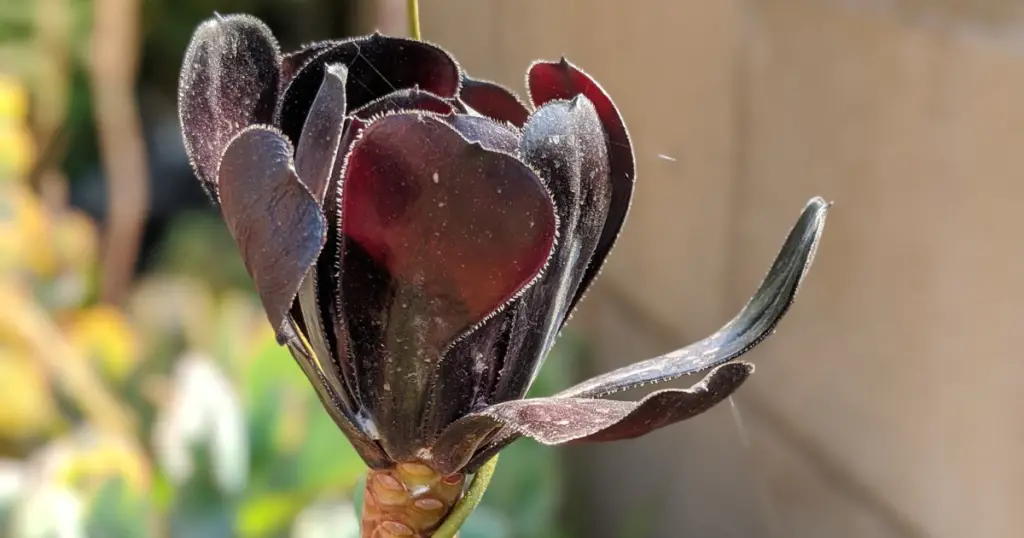
Succulent dormancy is primarily triggered by the changing environmental conditions during the winter season, such as a decrease in sunlight and cooler temperatures. The shorter days and longer nights, coupled with reduced solar radiation, disrupt the photosynthetic process in the succulent plants, causing them to enter dormancy. During this period, the plants slow down their metabolic activity and reduce their water requirements to conserve energy and survive the harsh conditions.
Besides seasonal changes, dormancy in succulent plants can also be triggered by changes in water availability. If succulent plants receive excessive water during the growing season, it can lead to root rot, which is a fungal infection that can be fatal to the plants. To avoid this, succulent plants may enter dormancy to prevent further damage and conserve energy until the water situation improves.
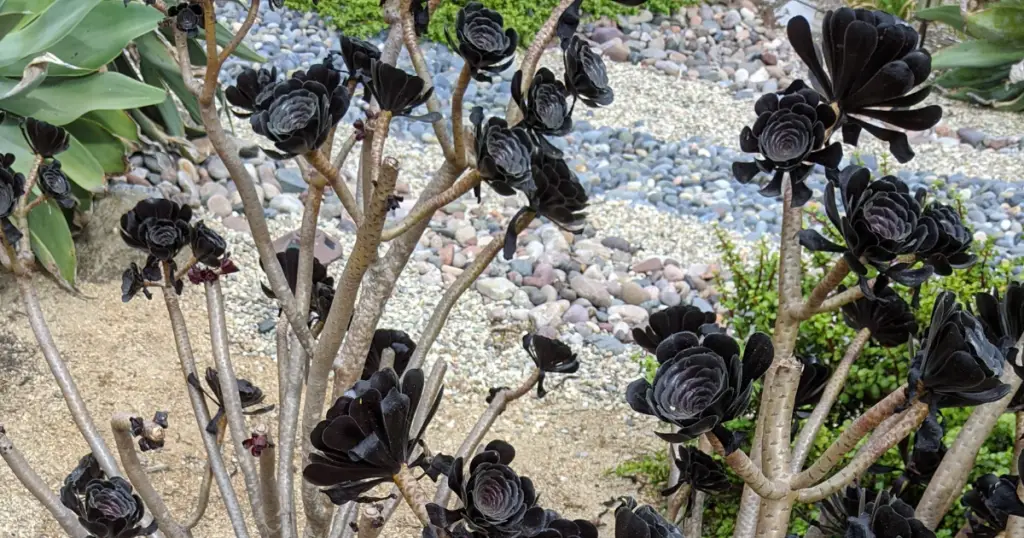
Additionally, changes in the photoperiod, or the duration of daylight hours, can also trigger dormancy in succulent plants. For instance, during the fall, the photoperiod decreases, signaling the succulent plants to prepare for winter dormancy. Similarly, some indoor succulent plants may enter dormancy if they are exposed to artificial lighting for extended periods or inconsistent lighting patterns.
Summer Dormant vs. Winter Dormant Succulents
Succulents are generally classified as either summer dormant or winter dormant. This means that their growth slows down or stops during these periods. The specific conditions (temperature, daylight, rainfall) that signal a succulent to enter a state of dormancy can vary, so it’s important to pay attention to your individual plant’s needs.
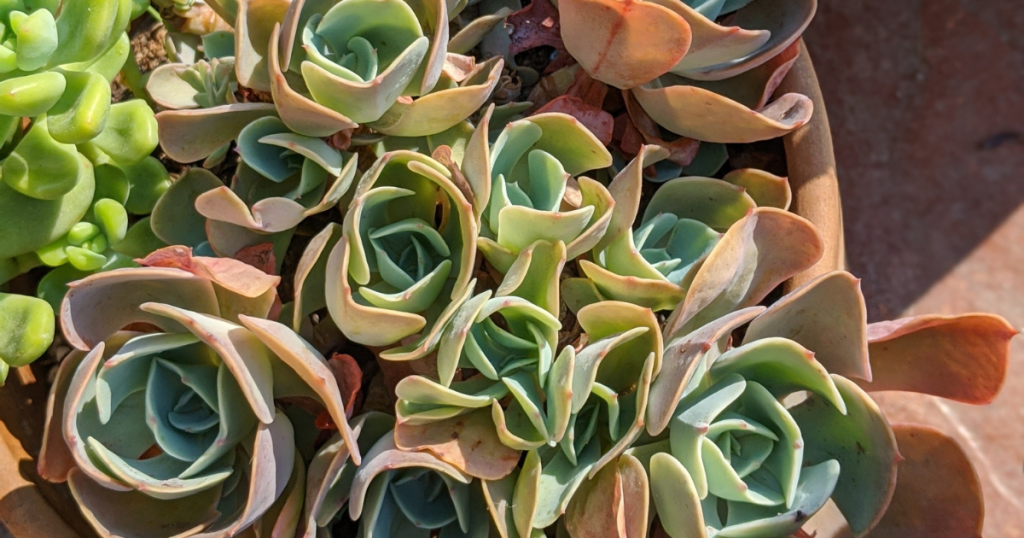
Summer dormant succulents will still need to be watered during their dormant period, but it’s important to be careful not to overwater them. Overwatering can lead to root rot, which can be deadly for your plant.
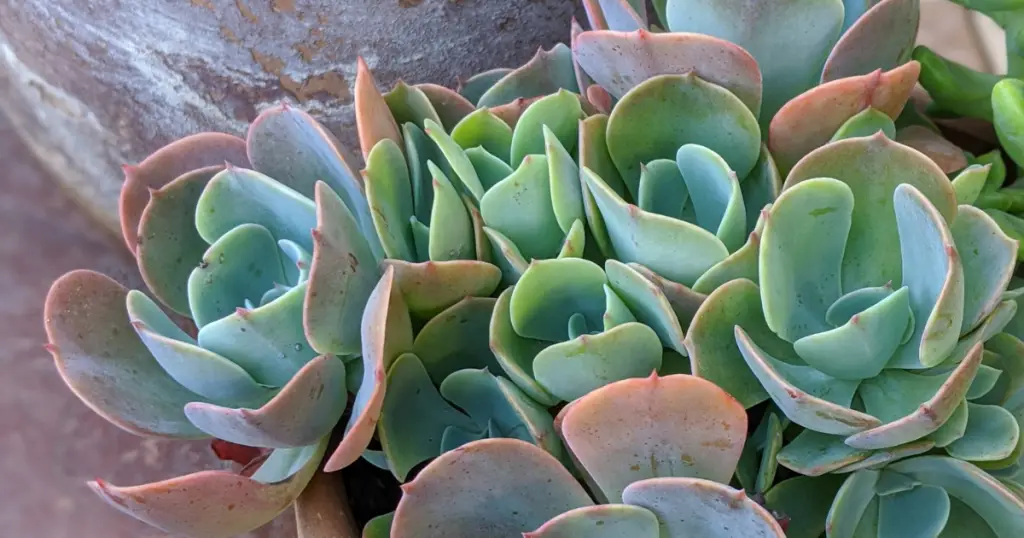
Winter dormant succulents, on the other hand, generally don’t need to be watered at all during their dormant period. Their roots won’t absorb the moisture, and watering them too much can actually harm the plant.
Caring for Your Succulent During Dormancy
While succulents are dormant, they still need basic care, such as watering and light. However, you may need to adjust your care routine to reflect the plant’s reduced needs during this time.
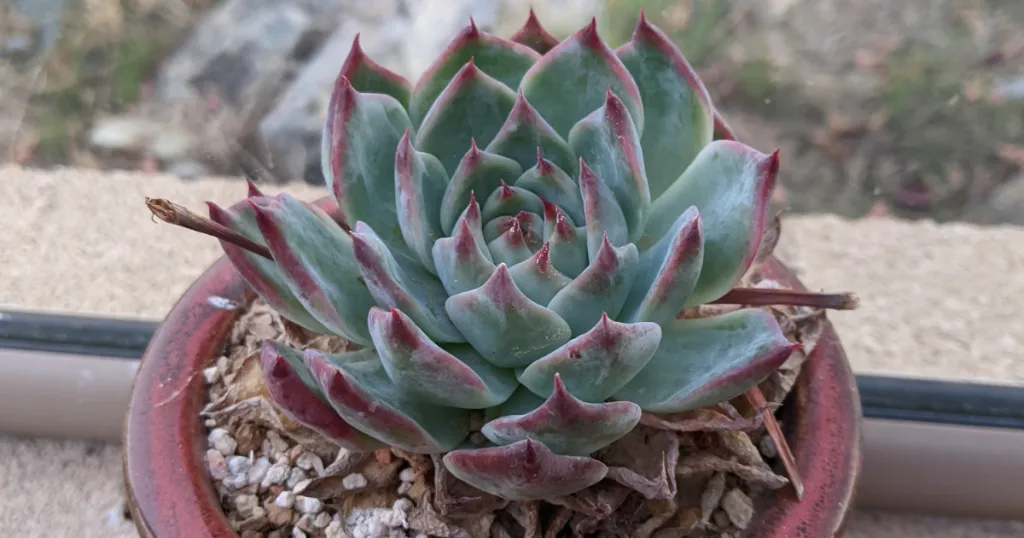
During the succulent dormancy period, they take less water and care than when they are actively growing. This is because the plant is not using as much water and nutrients during the dormant period, so it doesn’t need as much from its environment.
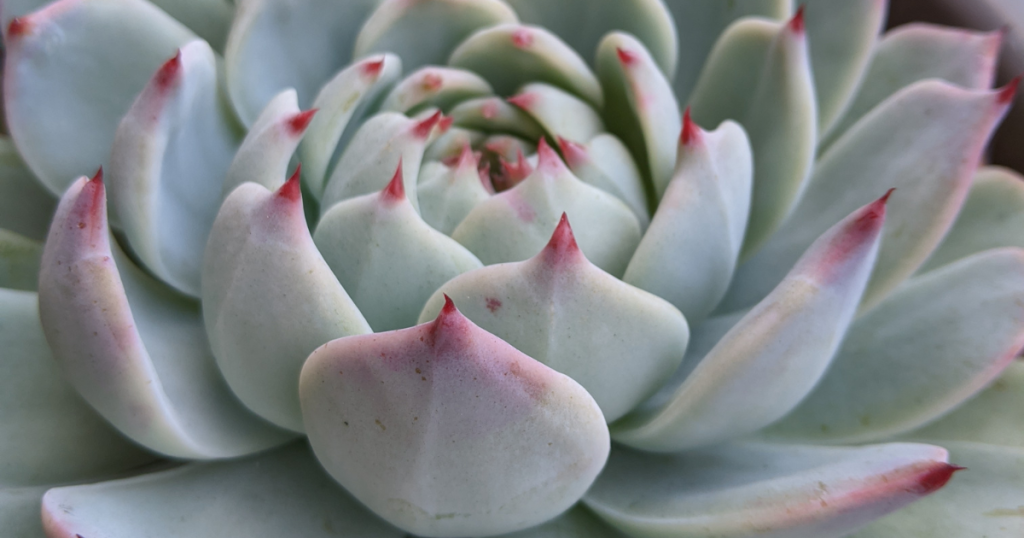
During the succulent dormancy period, they may also appear to be dead or dying, as they may lose their leaves and stop growing. However, this is a normal part of the plant’s growth cycle and does not necessarily mean that the plant is unhealthy or dying. It’s important to continue providing basic care to your succulent during its dormant period, such as watering and light, but you may need to adjust your care routine to reflect the plant’s reduced needs.
How Long Does Succulent Dormancy Last?
The succulent dormancy period typically lasts for a few weeks to several months, depending on the specific variety and growing conditions. After the dormant period ends, the plant will typically start to grow again and resume its normal growth cycle.
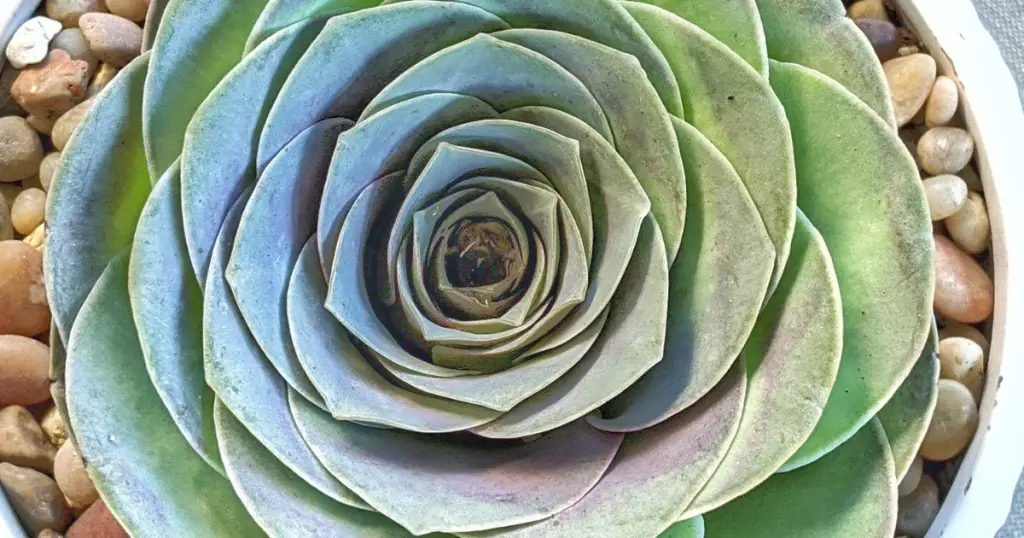
The dormancy period for most common succulents, such as aloe, jade plants, and echeveria, typically occurs during the winter months. This is due to the reduced light and lower temperatures that are typical of the winter season.
However, it is important to note that the specific succulent dormancy period can vary depending on a variety of factors, including the plant’s natural growth cycle, its environment, and the specific care it receives. Some succulents may go dormant at different times of the year, or may not go dormant at all if they are grown in conditions that do not trigger their dormancy period.
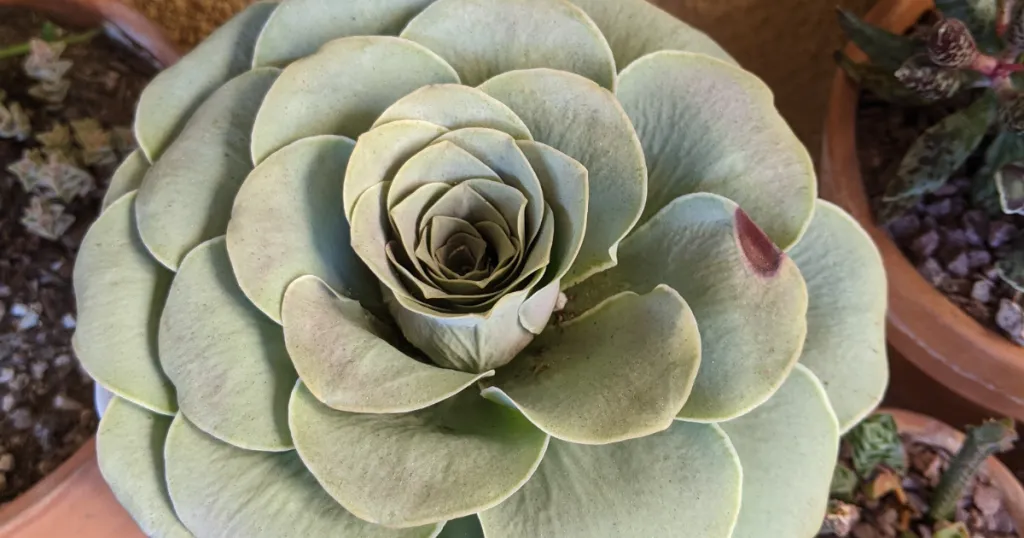
It is also worth noting that some succulents may enter a dormant period in response to specific care practices, such as over-watering or under-watering. In general, it is important to provide your succulents with the right balance of light, water, and nutrients to help them thrive and avoid going into a dormant period.
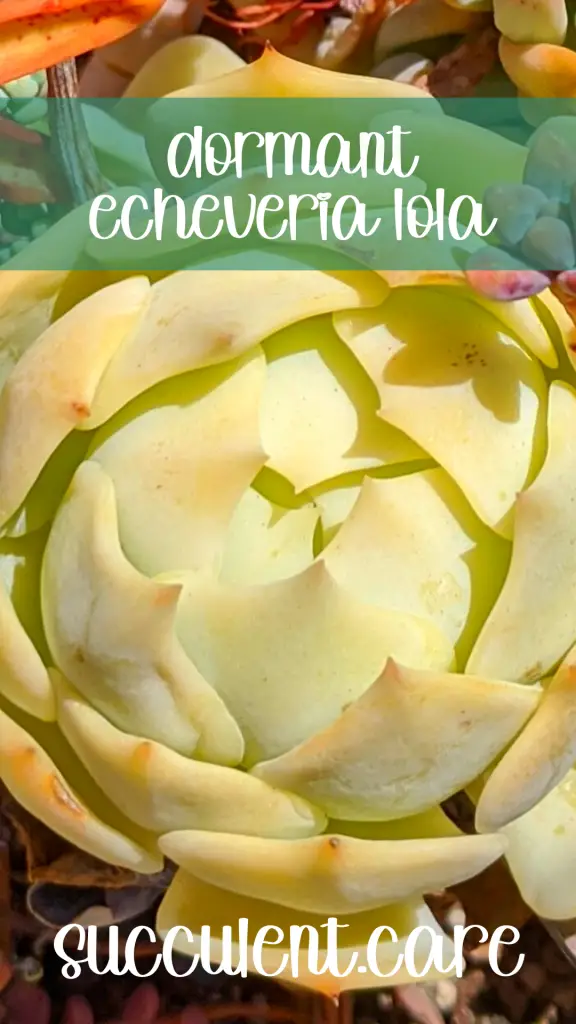
Succulent Dormancy At The Cellular Level
On a cellular level, dormancy is characterized by a reduction in cell division and cell expansion, as well as a decrease in the synthesis of growth-promoting hormones such as auxin and cytokinin. The plant also tends to accumulate reserves of sugars and other nutrients in its cells, which can help to sustain it during the dormant period.
At the same time, the succulent’s metabolism slows down and it becomes less active, allowing it to conserve energy and resources. This can help the plant to survive through periods of unfavorable growing conditions, such as drought or extreme temperatures.
How can I tell if my succulent is going dormant?
There are a few signs that can indicate that your succulent is going dormant. These include:
- Reduced growth: During the dormant period, succulents typically stop growing and may lose their leaves. This is because the plant is conserving energy and resources.
- Changes in appearance: Succulents may look different when they are dormant. For example, they may lose their leaves or appear to be dying. However, this is a normal part of the plant’s growth cycle and does not necessarily indicate a problem.
- Changes in care needs: Succulents typically need less water and care during the dormant period, as they are not using as much water and nutrients. If you notice that your succulent is not responding to its usual care routine, it may be going dormant.
- Seasonal changes: Some succulents go dormant at specific times of the year, such as in the winter or summer. If your succulent is exhibiting the other signs of dormancy and it is the appropriate season, it is likely that the plant is going dormant.
- Leaf drop: It’s dropping leaves, but the stem still looks plump and healthy. Leaf drop is common in dormancy as the plant slows down, but the stem should still appear vigorous. If the stem is shriveled or rotting, that is a sign of a bigger problem.
To confirm that your succulent is going dormant, you can check for these signs and consider the time of year. If you are still unsure, you can consult with a succulent expert or do some research online to learn more about the specific care needs of your plant during its dormant period.
Ending Succulent Dormancy
Ending dormancy in succulent plants is a gradual process that occurs naturally as the winter season comes to an end, and the environmental conditions start to improve. As temperatures begin to warm up and the days become longer, the plants start to come out of their dormancy and resume active growth. It’s important to note that the duration of the dormancy period can vary depending on the species of the succulent plant, environmental conditions, and other factors.
To help the process along, it’s recommended to gradually increase watering and move the succulent plants to a brighter area with more sunlight. However, it’s essential to do this gradually and not to overwater the plants, as they may still be adjusting to the new conditions. Overwatering can lead to root rot, which can be detrimental to the health of the plant.
When watering dormant succulent plants, it’s crucial to check the soil’s moisture level before watering and ensure that the soil is completely dry before watering again. Overwatering can also cause dormant succulent plants to become susceptible to fungal and bacterial infections, which can lead to the plant’s death.
Once the succulent plants start to show signs of active growth, such as new leaves or buds, you can gradually increase watering and fertilization. It’s also recommended to gradually move the plants to a brighter area with more sunlight, such as a sunny windowsill or outdoors, to ensure proper growth and development.
What are some common mistakes people make when caring for succulents during dormancy?
Some common mistakes when caring for succulents during dormancy include:
• Not decreasing water and nutrients. It is important to reduce watering and fertilizing during dormancy when growth slows. Continuing to provide high levels of moisture and nutrients can lead to root rot, mold, and other problems since the succulent cannot use them efficiently. Only provide enough water to prevent shriveled leaves, and stop feeding until active growth resumes.
• Not monitoring dormant succulents. While less monitoring is needed during dormancy, it is still important to check on your succulents periodically. Look for any signs of disease or damage and provide water as needed to avoid permanent harm. Especially for succulents kept indoors without much change in conditions, monitoring for when they are ready to end dormancy and increase resources again is important to support fresh growth.
• Increasing resources too quickly. As conditions start to improve and dormancy ends, it is important to increase water and nutrients gradually. A sudden surplus of moisture or minerals can shock the succulent as it resumes active growth. Slowly raise the amount of water and feed at a diluted level until growth is robust, then you can provide more resources. Watch for any signs of stress as you ramp up care and pause if needed.
• Not providing a cool resting period for indoor succulents. If succulents are kept in consistent warm conditions indoors without a cooling period, they may not enter a pronounced dormant state. Giving succulents a cooler, relatively dry resting period with reduced resources can help stimulate stronger growth once conditions improve. The specific temperatures and duration will depend on your succulents, but a 6 to 8 week period of around 50 to 55 F with less water and no feeding can be beneficial before warmer and more active conditions return.
Do indoor succulents go dormant?
Certain conditions can cause indoor succulents to go dormant. Normally, succulents go dormant as a survival strategy during tough conditions such as extreme cold or drought. If indoor succulents experience low light, prolonged lack of water, or cool temperatures, they may also go dormant. To prevent or reverse dormancy, it is essential to provide sufficient light, water, and warmth. Dormancy may not always harm the succulent, but it can impact its growth and appearance, causing stress to the plant. Hence, monitoring and proper care are essential for active growth of indoor succulents.
Following these tips will help you avoid common mistakes when caring for succulents during dormancy. The most important things are adjusting resources appropriately as growth slows, continuing to monitor your succulents, and gradually increasing care as dormancy ends. With attention to your succulents’ needs during this period, they will emerge from dormancy healthy and prepared to thrive in the growing season.

Where to Buy Succulents Online

